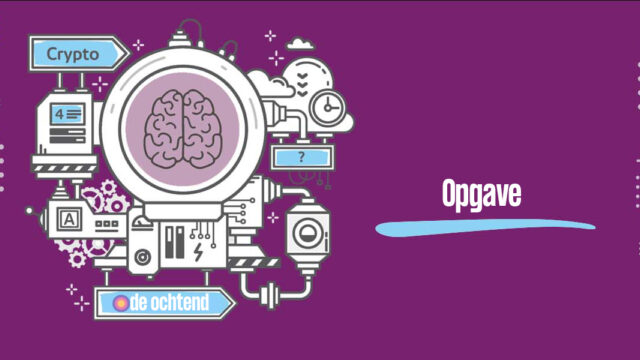The integration of artificial intelligence (AI) into the world of decentralized finance (DeFi) marks a significant turning point, especially with the recent announcement from Nansen regarding their innovative AI-agent. This technology aims to simplify trading processes on the Ethereum blockchain by utilizing natural language processing instead of relying solely on graphical interfaces and technical dashboards.
The Potential of Autonomous Trading
Nansen’s AI-agent allows users to interact with complex crypto data in an accessible manner. Instead of analyzing intricate charts and indicators, traders can now communicate their queries in simple terms. This shift meets the needs of both novice and seasoned investors, making the trading experience more intuitive and engaging. At first, the agent will provide analytical insights—such as the driving forces behind price movements—before leading users into actual trading, ensuring they maintain control over their transactions.
Strategic Move Towards Redistributing Value
By focusing on enhancing trading practices on public blockchains like Ethereum, Nansen seeks to channel more value back into the DeFi ecosystem. The AI-agent operates through on-chain data, minimizing reliance on centralized platforms and reinforcing the fundamental role of blockchains in financial transactions. This approach is especially critical in establishing Ethereum as a hub for DeFi activities, which include smart contracts and liquidity pools.
Innovation Heralds DeFi 3.0
The launch of this AI-agent is a leap towards what many refer to as DeFi 3.0, where financial decisions can be made autonomously through the integration of AI-driven strategies and adaptive interactions. This evolution suggests the emergence of more dynamic systems capable of anticipating market changes and optimizing capital management in real-time.
Challenges Ahead: Navigating Risks
While the innovation brings exciting prospects, potential risks regarding security, accountability, and misuse of AI need to be addressed. Determining responsibility in scenarios of error or asset loss could pose significant challenges. As the DeFi landscape evolves, establishing robust frameworks around these issues will be as vital as technological advancements itself.
Aiming for Broader Integration
Nansen’s agent will support self-custodial wallets and integrate with multiple EVM-compatible networks, connecting seamlessly with decentralized applications (dApps) and yield strategies. This capability not only facilitates trading but possibly automates investment flows, allowing users to better capitalize on their DeFi positions while staying within established safety protocols.
The introduction of such smart technology is pivotal, not only for simplifying user interactions with crypto markets but also for rebalancing the value within decentralized ecosystems. As Ethereum remains central to these transformations, the implications of Nansen’s innovative approach could redefine the landscape of cryptocurrency trading in the coming years.



